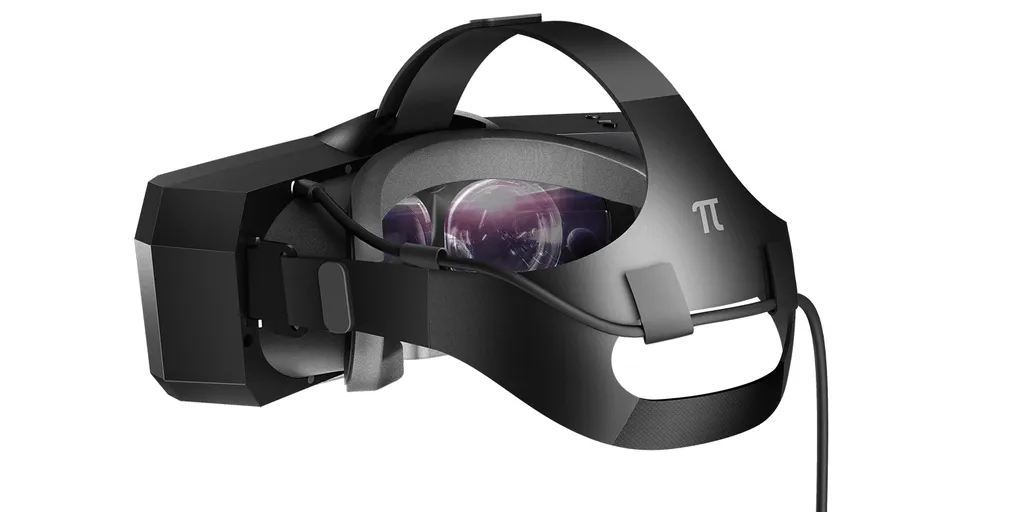Pimax new headset, the 8KX, offers a true 4K per eye resolution across a 170 degree field of view.
The 8KX is priced at $1299. However, this doesn’t include tracking base stations or controllers. Additionally, Pimax’s own base stations and controllers are once again delayed- despite telling us back in January that they’d ship soon. That means you’ll need to buy these components from Valve or HTC, if you don’t already own a Vive or Index.
That brings the total price well above $1800. This is a VR headset for people who want the absolute best specs available- better than even the $999 Valve Index- and are willing to pay the price.
It’s not exactly clear how any graphics card on the market is supposed to run this kind of resolution in VR. When Tom’s Hardware benchmarked the 1440p per eye Pimax “5K Plus”, it found that even an RTX 2080 could not hit full framerate in games like Space Pirate Trainer or Arizona Sunshine, even with the field of view and resolution reduced to save performance. However, Pimax has added ASW-like “Smart Smoothing” and Static Foveated Rendering to help users keep framerate. Users could also turn down the resolution and framerate, but at that stage we’re left wondering the point of spending this much on a headset in the first place.
![]()
This problem could however be solved by the $300 eye tracking addon announced, from the same company making the HTC Vive eye tracking addon. Pimax claims this will enable foveated rendering. The human eye is only high resolution in the very center, as you can notice by looking around your room. VR headsets can take advantage of this by only rendering where you’re directly looking in high resolution. Everything else can be rendered at a significantly lower resolution.
We haven’t seen any verification of this dynamic foveated rendering yet however, but we’re definitely eager to review it once it releases.
For users who want the largest room scale possible, Pimax is also coming out with a 10 meter cable for $100. This should pair nicely with Valve’s SteamVR 2.0 base stations, which support a 10×10 meter space when four are used.

The 8KX should finally deliver on Pimax’s original Kickstarter claim of a dual 4K VR headset. While the original Pimax 8K does have 4K panels, it can only accept an input resolution of 1440p per eye. Additionally, those panels didn’t have the full 3 subpixels per pixel- in fact, some reports suggested it had less than 2 subpixels per pixel.
Pimax claims the 8KX will start shipping in December. However, this should be taken with some skepticism given the company’s history of long shipping delays.


























